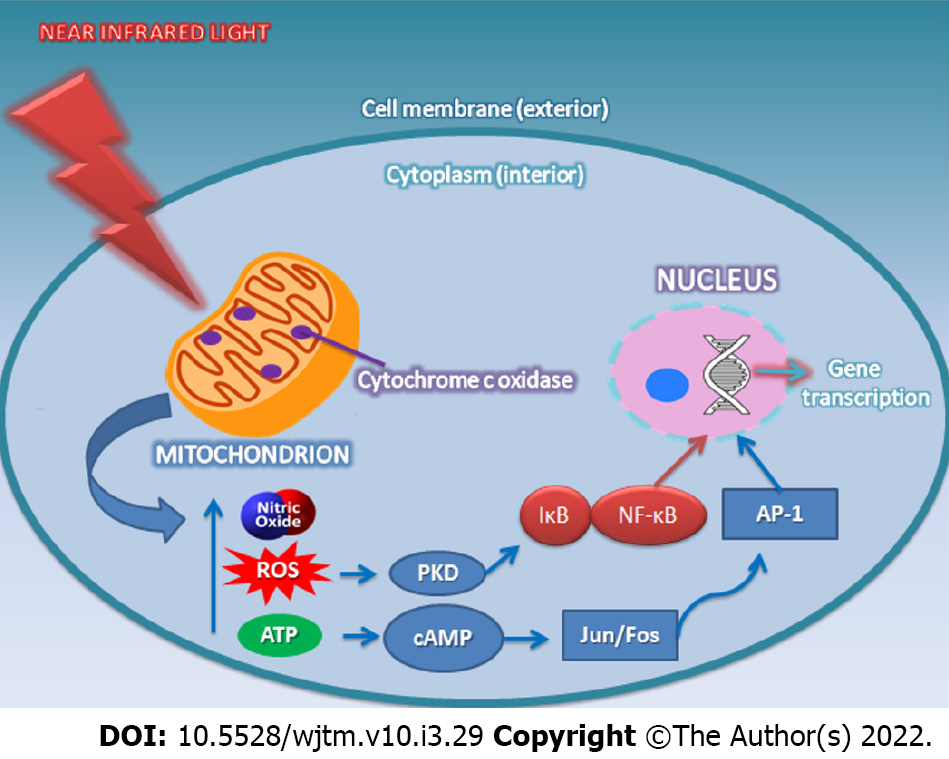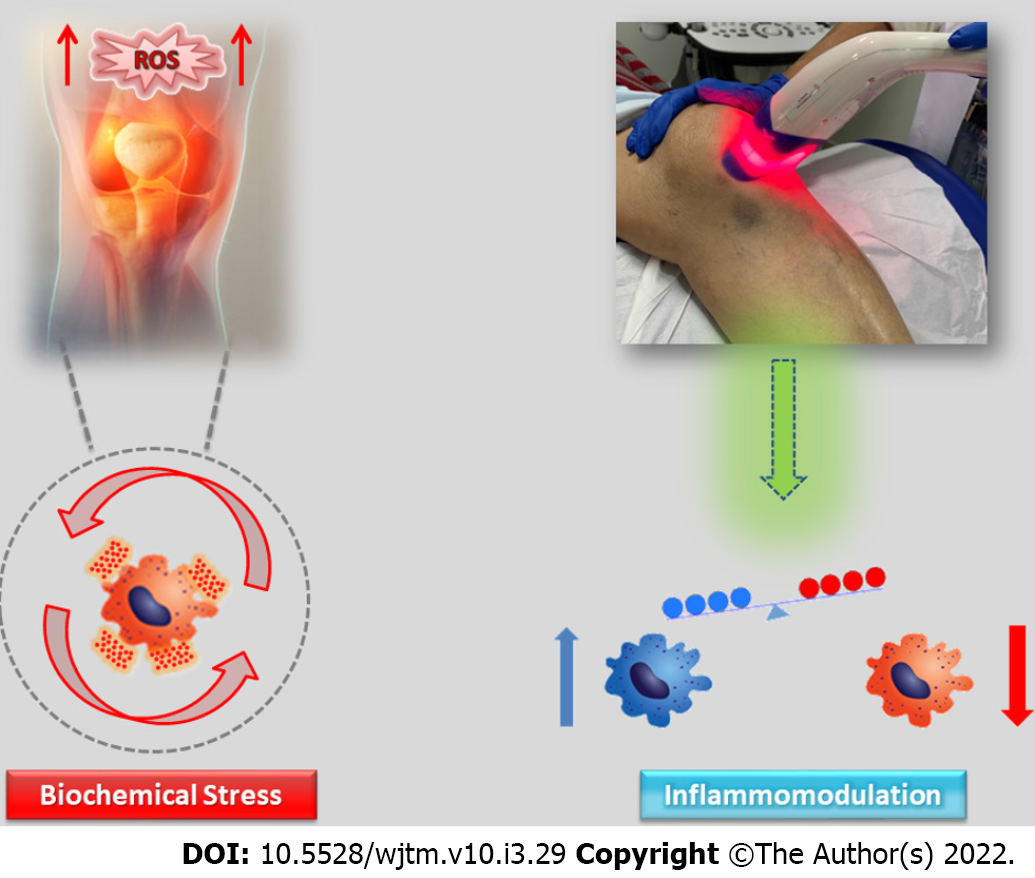The 8-Minute Rule for Photobiomodulation
Wiki Article
The Ultimate Guide To Photobiomodulation
Table of ContentsSome Ideas on Photobiomodulation You Need To KnowThe 5-Second Trick For PhotobiomodulationThe Photobiomodulation DiariesPhotobiomodulation Things To Know Before You Buy
Laser treatment is a clinical therapy that utilizes concentrated light to boost a process called. During PBM, photons enter the tissue and interact with the cytochrome c complicated within mitochondria. This communication sets off a biological cascade of occasions that leads to an increase in mobile metabolism, which can as well as increase the healing procedure.There is consensus that the application of a restorative dose of light to impaired or dysfunctional cells results in a cellular feedback mediated by mitochondrial devices. Photobiomodulation. Researches have actually revealed that these adjustments can affect pain and inflammation, in addition to, cells repair
Modifications in ATP, responsive oxygen varieties and nitric oxide comply with light absorption by Cc, O. These results are redox state and dosage dependent.

The 10-Second Trick For Photobiomodulation
PBM devices have been gotten rid of for advertising and marketing by FDA via the Premarket Notification/510( k) process as adjunctive devices for the short-lived alleviation of discomfort. These clearances were based on the presentation of scientific information to support such insurance claims (Photobiomodulation). In this therapy, a light is positioned near or in contact with the skin, permitting the light energy (photons) to pass through tissue where it engages with chromophores located in cells resulting in photophysical and photochemical changes that lead to alterations at the molecular, mobile and tissue levels of the bodySurprisingly, current research study suggests that light can boost performance in regular tissues and cells. The potential applications of PBMT are many and are being discovered experimentally at the basic science, pre-clinical and clinical degree. The present medical uses are for the alleviation of discomfort and swelling and the treatment of sporting activities injuries.

The treatment parameters and variety of sessions needed for PBMT depend on go to my blog location and reason. PBMT typically calls for even more than one treatment for optimum pain alleviation. It may take a number of treatments for the results to come to be noticeable. records that it can take anywhere from 8 to 30 sessions for a treatment to be completely effective, and some individuals locate it required to undergo treatment 2 to four times per week.
The Buzz on Photobiomodulation
Therapy parameters for PBMT were initially established using cells artificial insemination and in small animal models. These therapy criteria normally had Visit Website a reduced irradiance and fluence and worked well for cutaneous applications. When clinicians started to use PBMT to treat frameworks that were situated much deeper in the body, they utilized these criteria with negative results.
We currently recognize that these unfavorable researches was because of wrong device and therapy specifications for transcutaneous treatment of deeper frameworks. Current advances in laser treatment gadgets and even more research into the ideal dosages have drastically boosted the outcomes of PBMT. For dealing with deep tissues, the wavelength of light made use of identifies the deepness of penetration into a cells.
It is vital that a medical professional uses the ideal wavelength of light and specifications to treat a problem. One wavelength and one collection of therapy specifications will not be effective for all problems. Unfavorable side results have not been reported from the usage of PBMT.
The Of Photobiomodulation
In the first experiment, Dr. Endre Mester, utilized cut rats and observing exactly how the laser affected their capacity to grow hair contrasted to the group that was not obtaining LLLT. He found that the team of mice getting LLLT useful link were able to grow their hair back faster than the team of computer mice that didn't obtain LLLT (Hoon C, et alia; 2012).This treatment is termed in this manner to separate the distinction in between the lasers some occupations make use of to reduce (eg. in surgical treatments, or oral treatments). Low-level light treatment is painless, non-invasive treatment. It is made use of to reduce inflammation, swelling, and persistent joint problems, minimize discomfort and increase wound healing of nerves and cells (Hoon C, et al; 2012).
LLLT has a biphasic response, implying that lower doses are generally attended be a lot more beneficial than higher dosages. That being claimed, doses greater or less than the optimum dosage does not influence (Hoon C, et al; 2012). Therefore, it can be hard to have studies on LLLT with a lot of specifications.
Some companies combined the two (LED and laser) to offer an extra all-round therapy given that lasers can penetrate much deeper than LED and infrared light (Norman Doidge, The Mind's Way of Recovery, 2015). During therapy, the area that is being dealt with is revealed to LED light from a Bio, Flex Laser, which goes to 660 nm wavelength, followed by infrared light at 830-840 nm wavelength.
Report this wiki page